Martian Moons eXploration
Table of Contents
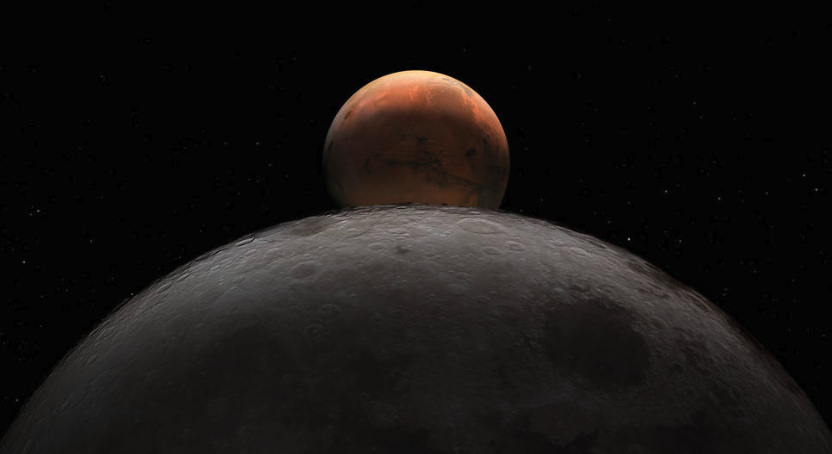
The Martian eXploration mission (MMX) will launch late in 2024. MMX will arrive at Mars approximately one year later. MMX will land on one of Mar’s moons and collect scientific data before returning to Earth in 2029.
Scientists have long debated the origin of Mar’s two moons, Phobos and Deimos. Are the moons asteroids from Jupiter’s asteroid belt? Do the moons have the same elemental composition as Mars?
Martian Moons Mission Timeline
- 2024: In November, Japan’s Aerospace Exploration Agency (JAXA) will launch the MMX from the Tanegashima Space Center in Japan.
- 2025: The spacecraft will arrive at Mars in September
- 2026-2028: The spacecraft will travel along a low-level retrograde ellipse path in a quasi-satellite orbit around Phobos.
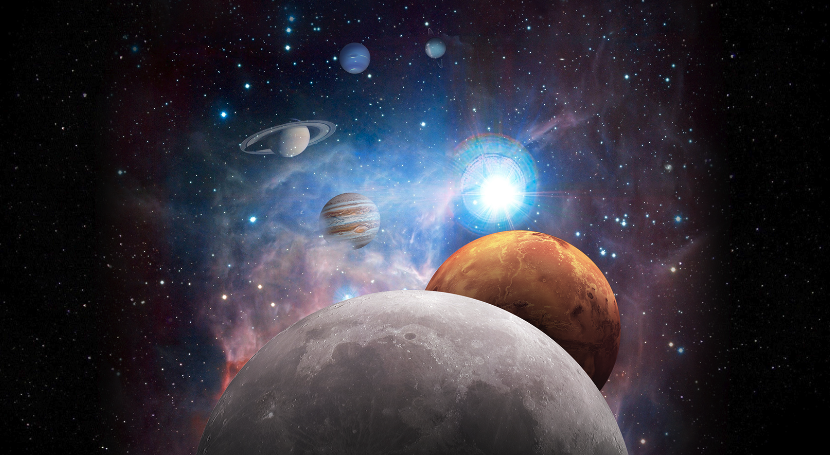
- Phase 1: Preliminary Phobos data collection and instrument verification
- Phase 2: Landing site selection based on data collection
- Phase 3: Phobos landing(s)
- Exploration module
- Rover delivery
- Phase 4: Rover and xxx data collection of Phobos and Mars
- Phase 5: Data collection of Deimos and Mars as MMX leaves Mars to return to Earth.
- The Mars orbit escape (MOE) will execute three maneuvers to move the spacecraft into an interplanetary trajectory toward Earth.
- The Exploration module may be jettisoned and left in Mars orbit.
- 2029: In June, the MMX returns to Earth orbit
- A capsule containing the regolith samples is ejected, passes through the atmosphere, and floats to the ground via a parachute.
- The spacecraft will deorbit and land in Australia.
MMX Rover
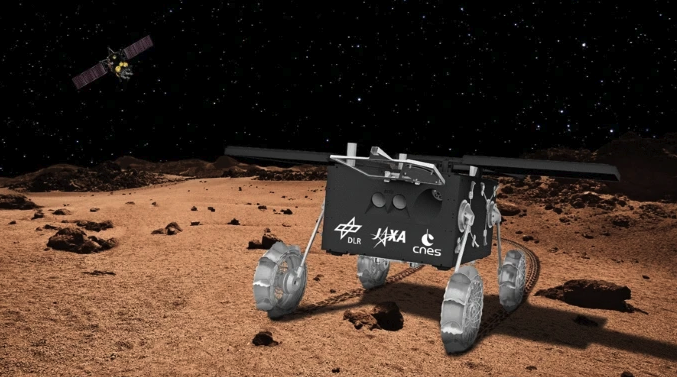
Dimensions
A small rover 16 x 15 x 12 inches (41 x 37 x 30 cm) weighing 55 lbs (25 kg) is “released” from the MMX Mothership when it’s approximately 131 feet (40m) above Phobos. The rover will passively land on the moon. The rovers’ expedition will last about 100 days.
Mobility Hardware
- Four arms will automatically adjust for the rover’s proper orientation.
- Wheels move the rover at a rate of .8 inches (20mm) per second.
- NAVCAM-Natigation and imaging.
- WheelCAM-Watching wheel interaction with the regolith.
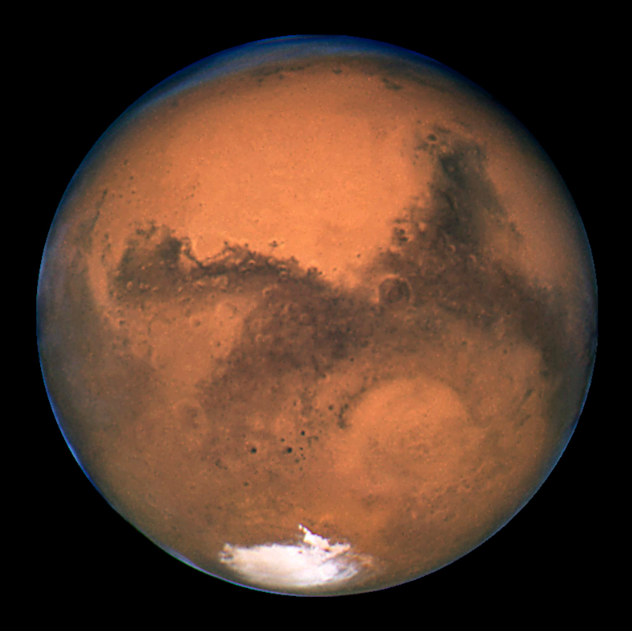
Scientific Hardware
The rover will analyze the data before the MMX Mothership lands on the moon to verify that the preselected landing site is acceptable.
- Surface Terrain-Is it safe for the Mothership to land?
- Grain size of the Regolith. Is the ground so loose that the Mothership would sink?
- Mineralogical composition- What is the elemental composition of the ground?
- Thermal properties-How warm is the ground?
MMX Mothership
The mothership will touch down on the moon’s surface at least once, possibly twice. The purpose of the touchdown is to collect > 10 g of the moon’s surface via sampling systems located in the landing legs.
The spacecraft will depart Phobos and collect data about Deimos. The material sample from Phobos will be analyzed on Earth.
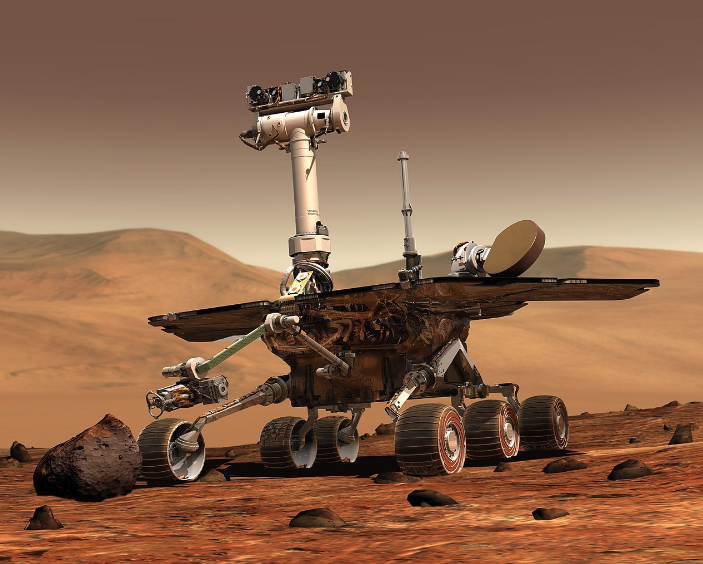
What Do Scientists Hope to Learn?
Scientists want to learn if Phobos and Demios have elemental compositions of asteroids or from the planet Mars. This will aid in understanding the evolution of our solar system’s planets.
Landing the MMX Mothership on Phobos provides insight into satellite and moon exploration.
